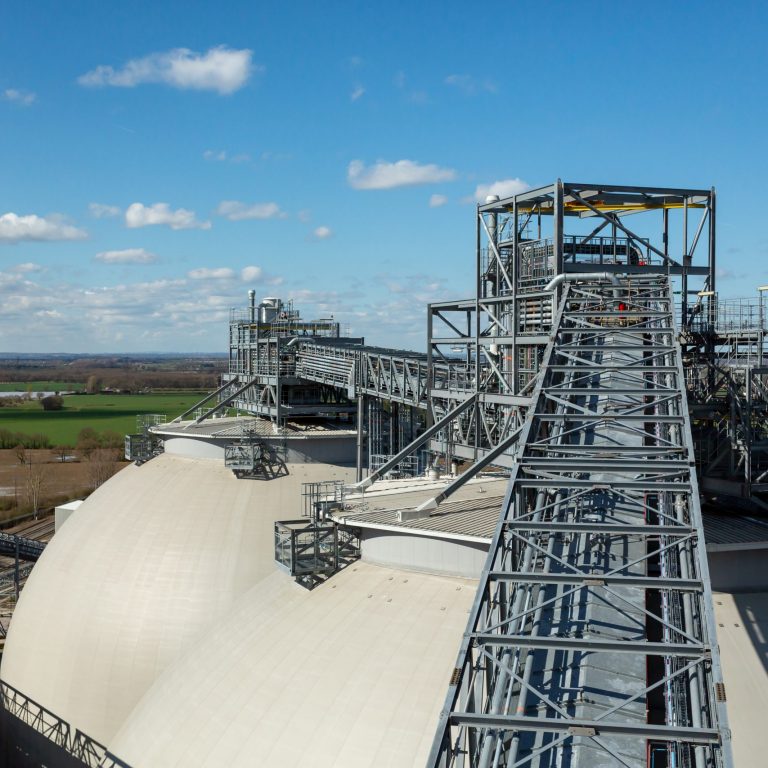Read the full report [PDF]
The global energy revolution
As a contribution to COP24, this report informs the debate on decarbonising the global energy system, evaluating how rapidly nations are transforming their energy systems, and what lessons can be learned from the leading countries across five energy sectors.
It was commissioned by power utility Drax Group, and delivered independently by researchers from Imperial College London and E4tech.
Clean power
- Several countries have lowered the carbon content of their electricity by 100 g/kWh over the last decade. The UK is alone in achieving more than
double this pace, prompted by strong carbon pricing. - China is cleaning up its power sector faster than most of Europe, however several Asian countries are moving towards higher-carbon electricity.
- Germany has added nearly 1 kW of renewable capacity per person over the last decade. Northern Europe leads the way, followed by Japan, the US and China. In absolute terms, China has 2.5 times more renewable capacity than the US.
Fossil fuels
- Two-fifths of the world’s electricity comes from coal. The share of coal generation is a key driver for the best and worst performing countries in clean power.
- Coal’s share of electricity generation has fallen by one-fifth in the US and one-sixth in China over the last decade. Denmark and the UK are leading the way. Some major Asian nations are back-sliding.
- Many European citizens pay out $100 per person per year in fossil fuel subsidies, substantially more than in the US or China. These subsidies are growing in more countries than they are falling.
Electric vehicles
- In ten countries, more than 1 in 50 new vehicles sold are now electric. China is pushing ahead with nearly 1 in 25 new vehicles being electric and Norway is in a league of its own with 1 in 2 new vehicles now electric, thanks to strong subsidies and wealthy consumers.
- There are now over 4.5 million electric vehicles worldwide. Two thirds of these are battery electric, one third are plug-in hybrids. China and the US together have two-thirds of the world’s electric vehicles and half of the 300,000 charging points.
Carbon capture and storage
- Sufficient storage capacity has been identified for global CCS roll-out to meet climate targets, but large-scale CO2 capture only exists in 6 countries.
- Worldwide, 5 kg of CO2 can be captured per person per year. The planned pipeline of CCS facilities will double this, but much greater scale-up is needed as this represents only one-thousandth of the global average person’s carbon footprint of 5 tonnes per year.
Efficiency
- Global progress on energy intensity is mixed, as some countries improve efficiency, while others increase consumption as their population become wealthier.
- Residential and transport changes over the last decade are mostly linked to the global recession and technological improvements, rather than behavioural shift.
- BRICS countries consume the most energy per $ of output from industry. This is linked to the composition of their industry sectors (i.e. greater manufacturing and mining activity compared to construction and agriculture).
continued … [View PDF]

I. Staffell, M. Jansen, A. Chase, E. Cotton and C. Lewis (2018). Energy Revolution: A Global Outlook. Drax: Selby.











